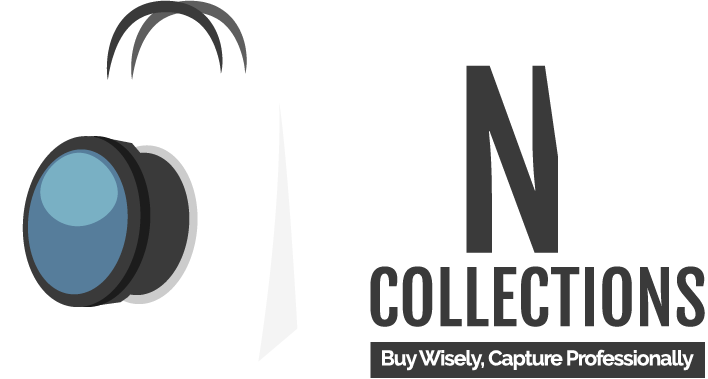

Photography is an art form. Many individuals will spend hours in museums or galleries analysing a photograph to understand its meaning.
There’s many techniques an enthusiastic photographer can learn to use artificial lighting. Artificial lighting is not easy to use like sunlight, but you are able to use it in ways to create some truly amazing pictures once you know how.
Indoor (artificial) lighting often comes in the forms of either fluorescent or tungsten light bulbs. Tungsten bulbs are often used by professionals, and are referred to in the business as “hot lights”, that’s because of the high temperatures they produce after being used for some time. In the photography profession it’s very important to understand the colours they can produce, often at different temperatures. For example, a hot light will most certainly produce more red and not so much of blue. Also candle lights and fireplaces can be used indoors to create shadows and depth.
When you use indoor/artificial lights, you will also need to have an understanding of exposure. When you have less light to work with it will often take longer to expose your film to capture your picture.
Let’s talk about taking pictures in a dark environment for a minute. Let’s say you’re in a dark room where you may have direct light on the object but you’re standing behind glass, you would not want to use your flash, as your flash would bounce the light back at the picture you’ve taken. So, in order to fix this you would get as close to the object as possible. Another consideration to take into account is the angle in which you take the picture.
Taking the picture directly in front of the object could bounce the light and shadows around. You would need to angle your camera to the side or in some cases up directly from the ground to have a better chance of taking a good picture. If you don’t have glass to contend with I would say that the angle would still be an important factor, especially when taking portrait pictures. Shooting any subject head on is likely to create shadows and not provide the quality you would need for a high quality print.
When shooting faces or other objects you’d ideally want a three dimensional contrast. You should search for the edges and contours of the subject. The edges and contours will help you to know the correct angle you would need to shoot the subject from. Any shadows will quite often provide the three dimensional contrast you’re looking for.
Internal lighting needs to be moveable, as just turning on a room light is just not going to cut it, and will often give you the opposite of what you desire. One trick you can use is to use a tripod, and then you’re able to change the angle as you need it.
Artificial light definitely has some advantages over outdoor/natural light, but i often find that my own pictures come out better with natural outdoor light. However, that’s me and it always will depend on your own preferences of that of your client or subject the best thing to so is always choose your lighting settings according to what your shooting and it will make your picture as natural as possible.
Learning and experimenting with different lighting will increase your photography skills tenfold. You can always ask a professional for tips or perhaps buy books on this subject. The more you try it, the quicker you will take the perfect shot in the future.
What experiences have you had with the various lighting that have been discussed here? I’d like to hear your experiences or any tips you may have. Leave a comment below.



Latest Comments